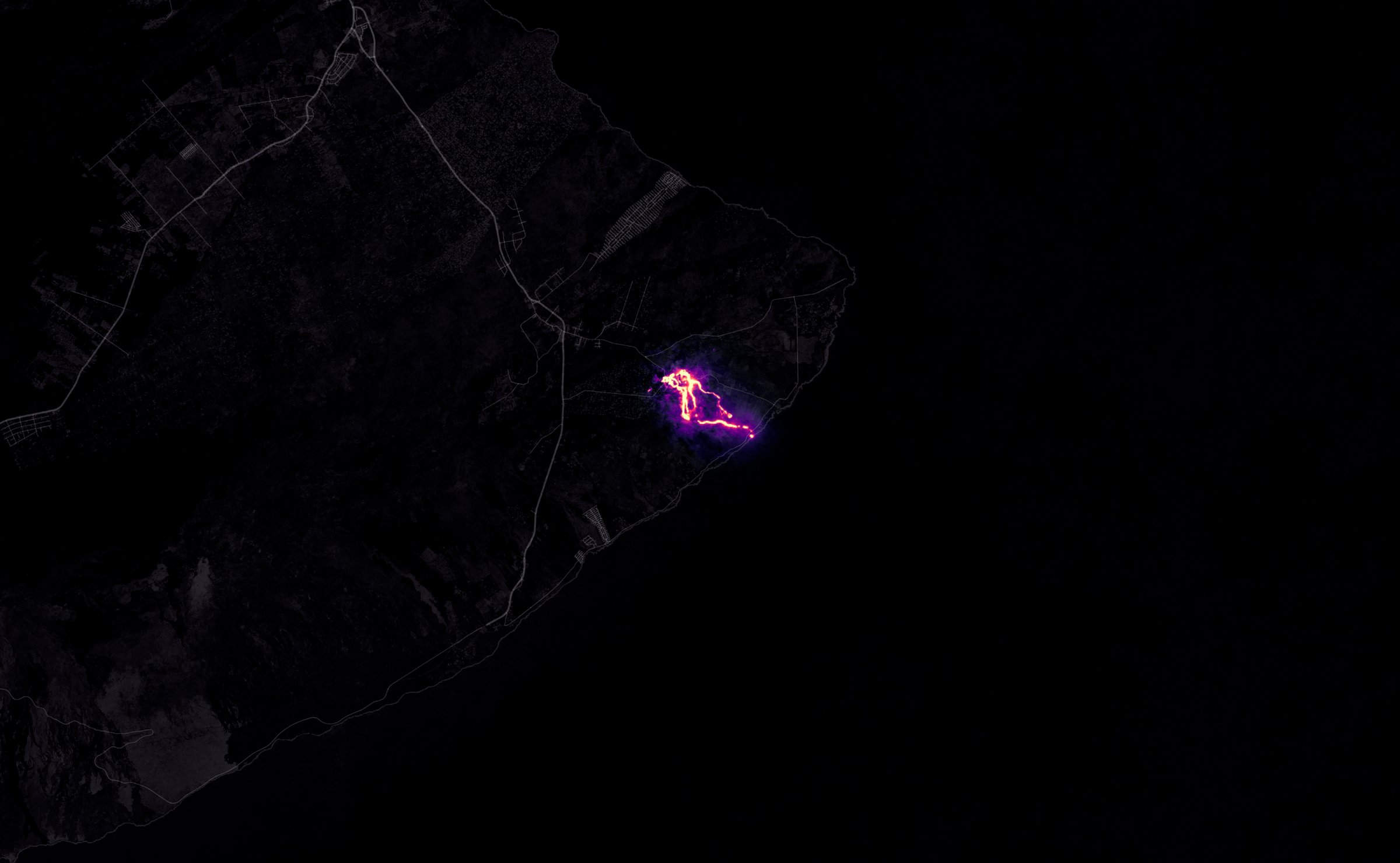
A stunning image released by NASA shows what Kilauea, the volcano in Hawaii that has been erupting for three weeks, looks like from space.
As the photo shows, Kilauea is not only visible from space — you can also see the lava spewing out of the volcano. Seven instruments aboard NASA ‘s International Space Station and partner satellites have been detecting active fissures, fires, ash and sulphur dioxide plume as well as the height and composition of volcanic plumes, a NASA release explains.
“One of the first things emergency responders wanted to know was where the lava was coming out, where are all the fissures,” J. Carver Struve, emergency management co-lead at the NASA Headquarters in Washington, said in a statement. “”We’re [filling] any gaps they may have in their information as the disaster is evolving.”
Kilauea’s latest eruption opened more than 20 new volcanic fissures in the ground, which have released lava, sulphur dioxide and steam. The lava has been pouring down the flank of the volcano and into the ocean miles away, leading to the evacuation of around 2,000 people, the Associated Press reports.
Since Kileuea’s May 3 eruption, several fissures are still open and active. One fissure, named Fissure 22, has shed enough lava in recent days to create a lava channel that extends all the way to Hawaii’s southeastern coast, according to NASA. Earlier this week, the eruption sparked new safety warnings about toxic gas on the Big Island’s southern coastline after lava began flowing into the ocean — creating “laze,” or lava haze — and setting off a chemical reaction.
The eruption has destroyed 50 buildings, including about two dozen homes, and seriously injured at least one person.
More Must-Reads From TIME
- The 100 Most Influential People of 2024
- The Revolution of Yulia Navalnaya
- 6 Compliments That Land Every Time
- What's the Deal With the Bitcoin Halving?
- If You're Dating Right Now , You're Brave: Column
- The AI That Could Heal a Divided Internet
- Fallout Is a Brilliant Model for the Future of Video Game Adaptations
- Want Weekly Recs on What to Watch, Read, and More? Sign Up for Worth Your Time
Write to Kate Samuelson at kate.samuelson@time.com